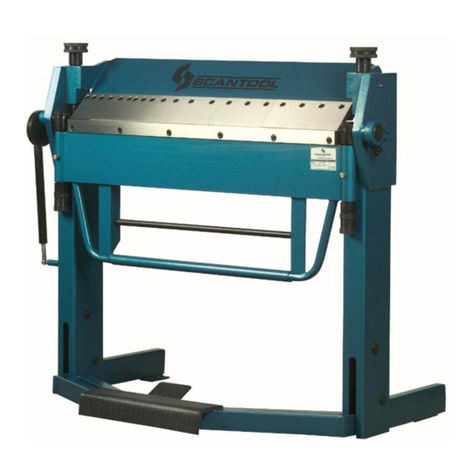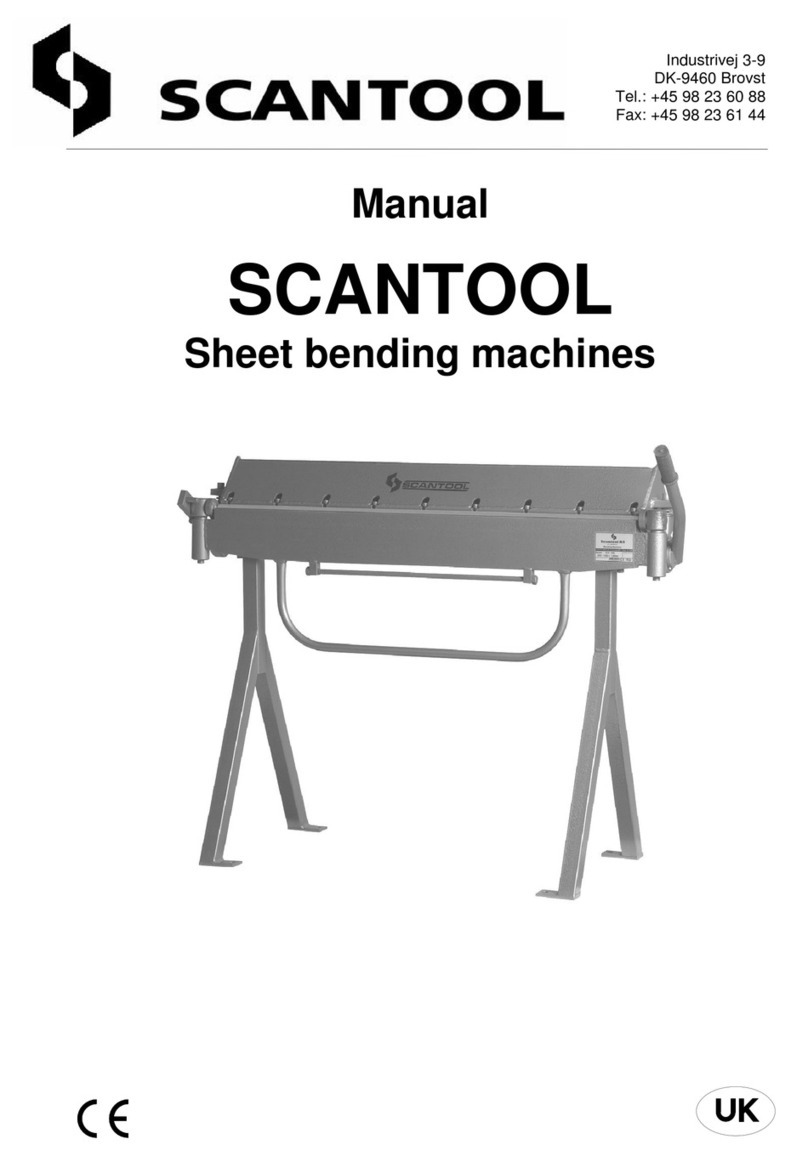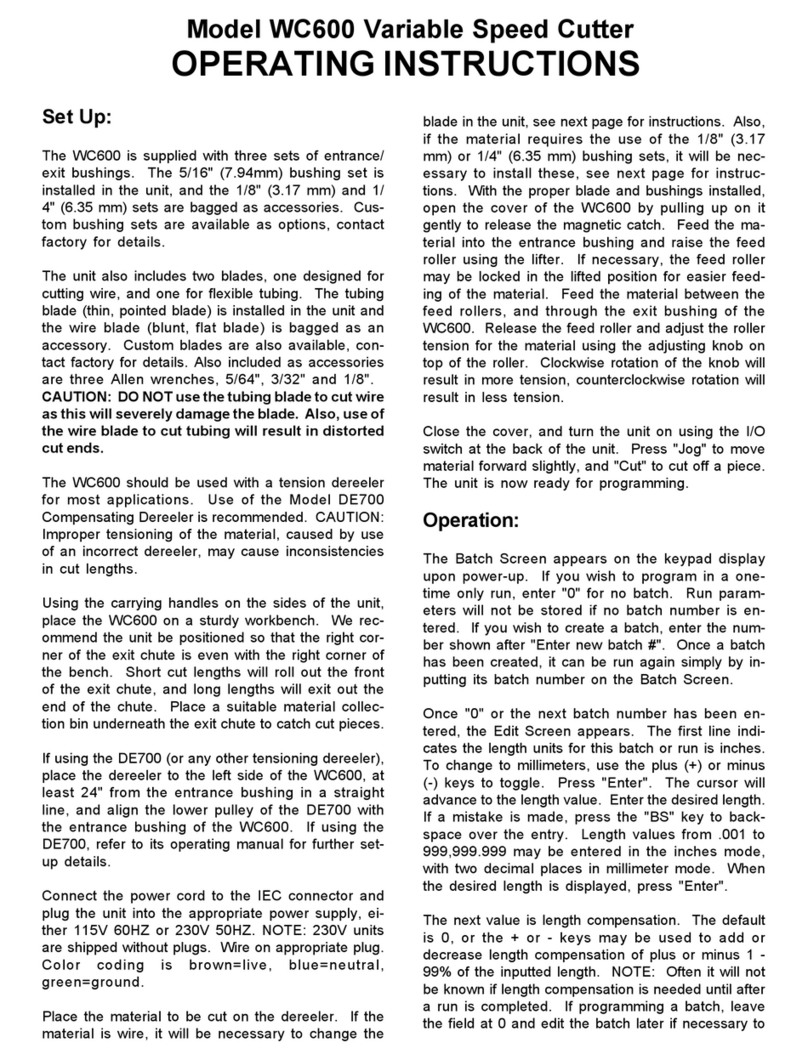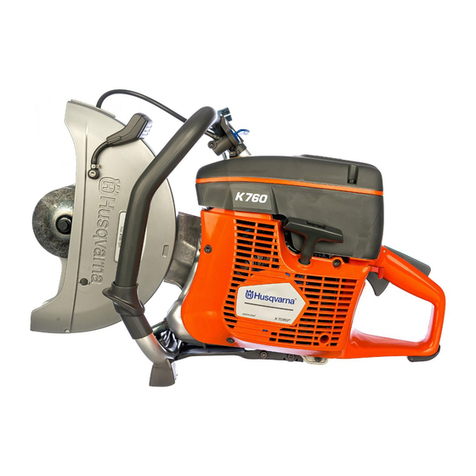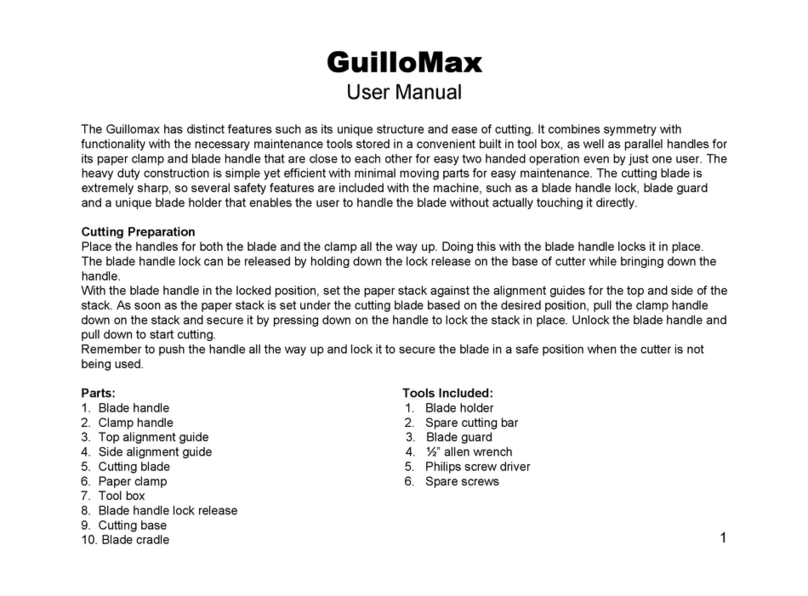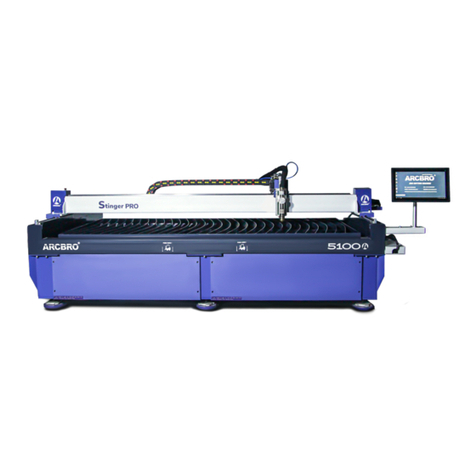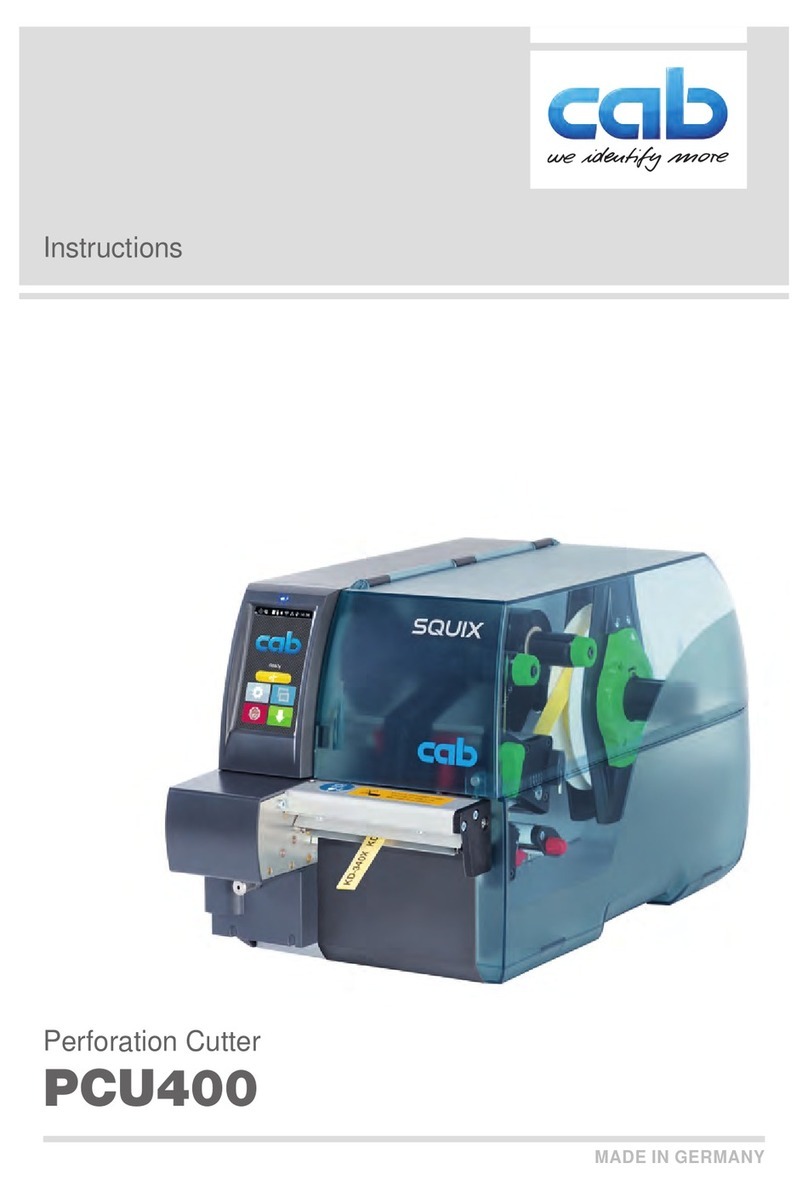3
Table of Content
1.0 GENERAL NOTES......................................................................................................................................................4
1.1 Introductlon.............................................................................................................................................................................4
1.2 Transport.................................................................................................................................................................................5
1.3 Electrical lnformation..............................................................................................................................................................5
1.4 Maintenance............................................................................................................................................................................5
1.5 Safety ......................................................................................................................................................................................5
2.0 GENERAL SAFETY TERMS.......................................................................................................................................6
2.1 Machine's Safety Accessories and Accident Prevention Terms ..............................................................................................6
2.2 Abnormal Conditlons..............................................................................................................................................................6
3.0 PV 30 TECHNICAL PROPERTIES.............................................................................................................................7
4.0 CAPACITY CHART FOR PV 30..................................................................................................................................8
5.0 STANDARD ROLLER DIMENSIONERS FOR PV-30.................................................................................................9
6.0 TRANSPORTING, LIFTING AND CARRYING .........................................................................................................10
7.0 FOUNDATION AND MAIN DIMENSIONS OF THE MACHINE.................................................................................11
8.0 OPERATING PV 30 HORIZONTAL ..........................................................................................................................13
8.1 Materials and Products..........................................................................................................................................................15
8.2 Electrical Connection............................................................................................................................................................15
8.3 Electric Box ..........................................................................................................................................................................15
8.4 Foot Pedal.............................................................................................................................................................................16
8.5 Starting The Machine............................................................................................................................................................16
8.6 Baslc Operatlon Terms..........................................................................................................................................................16
9.0 OPERATION .............................................................................................................................................................18
9.1 Operatfng lnstructions...........................................................................................................................................................18
9.2 Operatlonal Hints..................................................................................................................................................................20
10.0 MAINTENANCE........................................................................................................................................................21
11.0 Parts listes ...............................................................................................................................................................22
11.1 Main Body Parts ...................................................................................................................................................................22
11.2 Parts and Parts List of The Main Frame................................................................................................................................23
12.0 SPECIAL ACCESSORIES FOR MODEL PV 30.......................................................................................................25
12.1 Various special rolls:.............................................................................................................................................................25
13.0 ELECTRIC SCHEMES..............................................................................................................................................27
14.0 Warranty...................................................................................................................................................................32
14.1 Guarantee..............................................................................................................................................................................32






